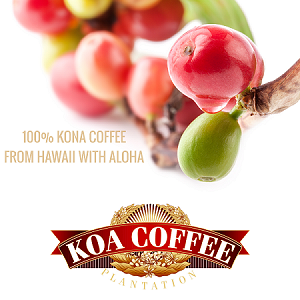In the world of coffee, few beverages hold as much charm and popularity as the classic cafe latte. Known for its smooth blend of rich espresso and creamy steamed milk, the latte is not just a drink but an art form, celebrated in coffee cultures around the globe. This guide delves deep into the heart of what makes a latte so special, exploring its origins, variations, and the unique ways it’s enjoyed in different parts of the world. From the traditional Italian roots of the cafe latte to its modern adaptations, we’ll uncover the secrets behind this beloved espresso beverage, providing insights into its preparation, health aspects, and the artistry of latte art. Whether you’re a coffee aficionado or a casual drinker, understanding the nuances of this delectable coffee drink can enhance your appreciation for it.
Bypass the text and choose the audio version of the article below.
- Introduction & Key Takeaway
- https://app.mysoundwise.com/tracks/17003289696052053e.mp3
- What is a Latte?
- https://app.mysoundwise.com/tracks/17003290002018008e.mp3
- The Origins of the Latte
- https://app.mysoundwise.com/tracks/17003290282533306e.mp3
- The Flavor and Taste of Lattes
- https://app.mysoundwise.com/tracks/17003620984783633e.mp3
- How to Make a Latte at Home
- https://app.mysoundwise.com/tracks/17003290668227300e.mp3
- Popular Variations of Lattes Worldwide
- https://app.mysoundwise.com/tracks/17003291018251475e.mp3
- Health and Calories: Latte Myths vs. Reality
- https://app.mysoundwise.com/tracks/17003291332071250e.mp3
- Latte Culture Around the World
- https://app.mysoundwise.com/tracks/17003291654073101e.mp3
- Latte vs. Other Coffee Drinks
- https://app.mysoundwise.com/tracks/17003291957838345e.mp3
- Conclusion & FAQs
- https://app.mysoundwise.com/tracks/17003292318178250e.mp3
Caffe Latte: Key Takeaway
- Cultural Significance: Originating in Italy, the latte is more than a drink; it’s a part of coffee history, illustrating the evolution of coffee culture from a simple espresso and milk blend to an international staple.
- Preparation Essentials: The essence of a cafe latte lies in its two key components – quality espresso and perfectly steamed milk, highlighting the skill needed in its preparation.
- Global Variations: This coffee drink has been creatively adapted worldwide, incorporating local flavors like the matcha latte in Asia and the pumpkin spice latte in America, showcasing its versatility.
- Nutritional Profile: Contrary to myths, a standard latte can be nutritious, with its calcium, protein, and antioxidant content varying based on milk choice and additional ingredients.
- Latte Art and Personalization: Latte art represents the creativity and craftsmanship in coffee making, allowing for personalization and enhancing the overall coffee experience.
What is a Latte?
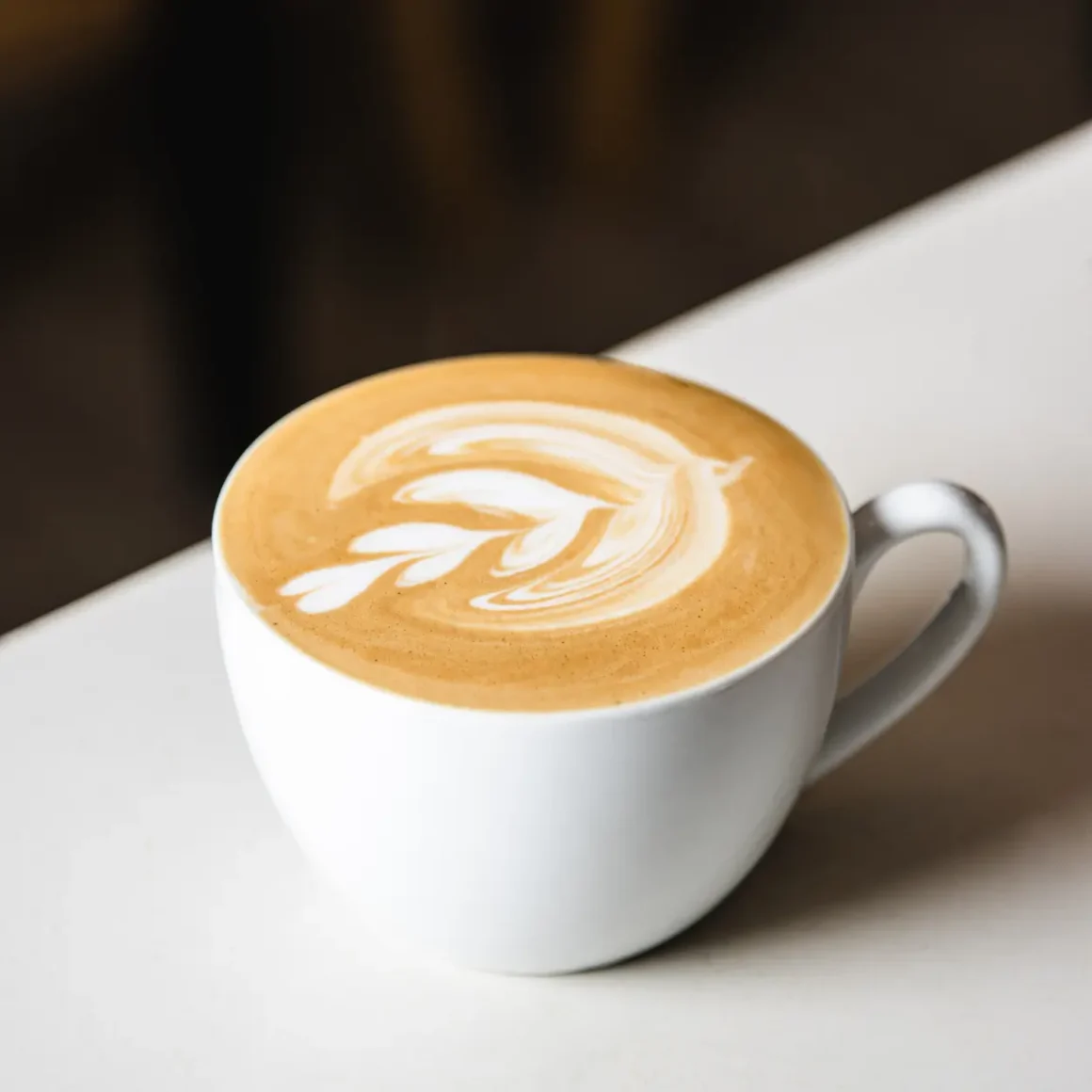
A latte is a classic and much-loved beverage that finds its roots in the rich coffee culture of Italy. Known for its harmonious blend of espresso and hot milk, this coffee drink stands out as a creamy and frothy delight in the coffee world.
Origin of the Name
The word ‘latte’ is short for ‘caffè latte’ in Italian, which translates to ‘coffee with milk’. This simple yet elegant description perfectly captures the essence of the drink.
Composition
A traditional cup of this drink is artfully crafted with the following components:
- Espresso Base: Typically, one or two shots of rich espresso form the base of this delectable beverage. The quality of the espresso is crucial as it sets the tone for the entire drink.
- Milk Ratio: The drink features a generous amount of hot milk. The usual milk-to-coffee ratio is about 3:1. This ratio results in a beverage that is milder and creamier compared to other espresso-based drinks like cappuccinos or macchiatos.
- Froth or Foam: This delicacy is crowned with a light touch of froth or foam, adding a velvety texture to the drink.
A Staple in European and American Coffee Culture
Originally a popular morning drink in Europe, this delightful beverage has transcended borders and time, becoming an integral part of American coffee culture. It is now enjoyed at any time of the day.
International Names
The drink is known by various names in different regions. For example, in northern Europe and Scandinavia, it is often referred to as ‘café au lait. In France, it takes the form of ‘un crème’ or ‘un grand crème’, and in Germany, it is known as ‘Milchkaffee’. (1)
A latte or cafe latte is more than just a coffee drink; it is a symbol of cultural exchange and adaptation, evolving over centuries to become a beloved staple in coffee menus around the world. Whether enjoyed in its classic form or through one of its many creative variations, this coffee drink continues to be a testament to the timeless appeal of coffee.
The Origins of the Latte
The latte, a now-iconic coffee beverage, has a rich history intertwined with the cultural and culinary traditions of Europe. Its journey from a simple combination of coffee and milk to a beloved modern drink is both fascinating and complex.
The Italian Roots
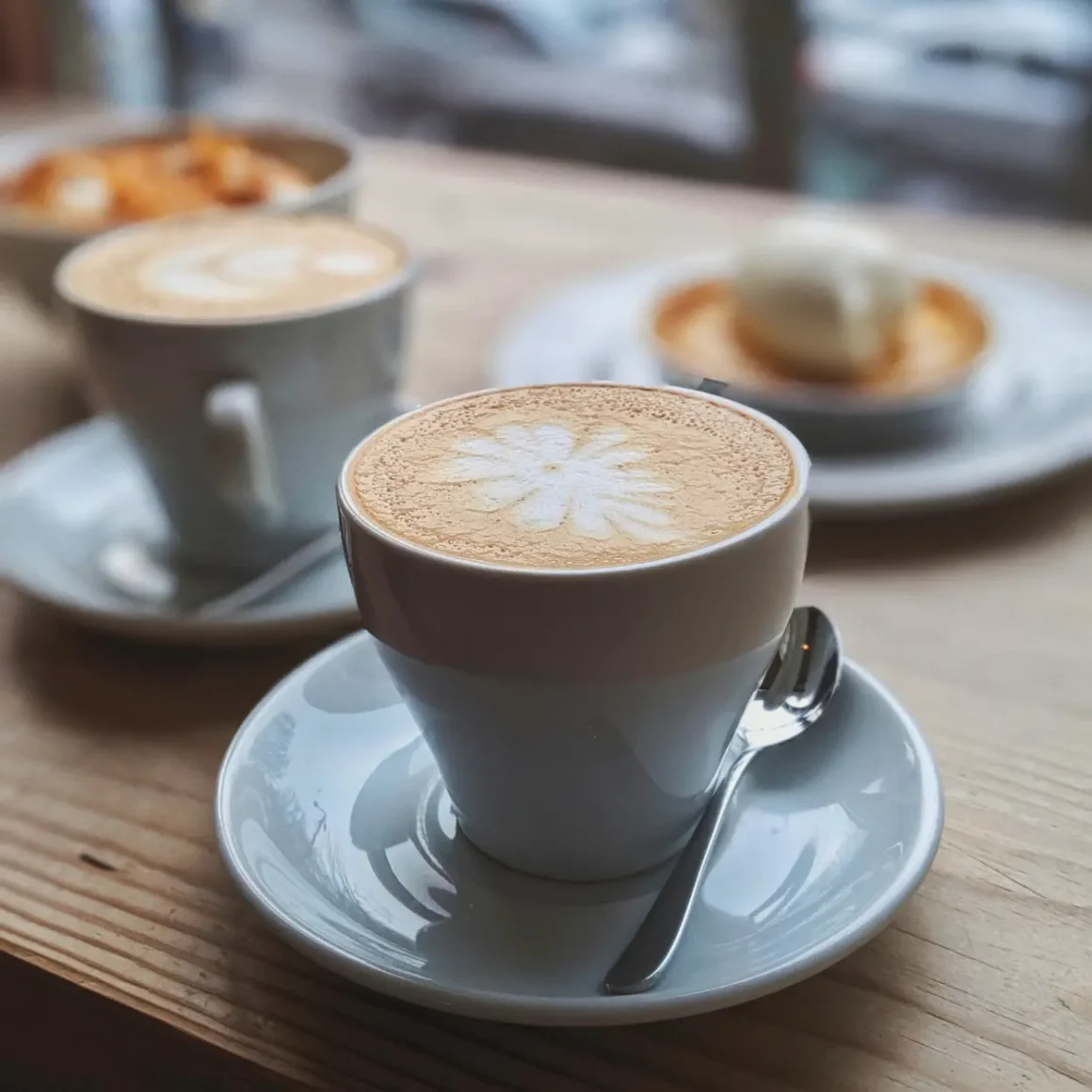
This lovely coffee drink’s story begins in the heart of Italy, a country renowned for its coffee culture. The introduction of coffee in Europe is traced back to the Ottoman Empire’s influence, which notably affected Italian cuisine and beverage choices.
- Early Encounters: Coffee, initially introduced to Europe during the Ottoman invasions of the 16th century, quickly became a staple. The first significant European reference to coffee appears in Charles de l’Ecluse’s 1574 work. (2)
- Italian Domestic Consumption: In Italy, the term ‘caffè e latte’ (coffee and milk) was used predominantly for home consumption, particularly as a breakfast drink. This traditional usage laid the foundation for what would become the modern version of this delicacy.
- Cultural Significance: In Italy, ‘latte’ means milk, emphasizing the drink’s simplicity and the importance of milk as an ingredient.
Thus, this drink’s Italian roots, deeply embedded in coffee’s historical journey and everyday Italian life, laid the groundwork for its global appeal and versatility as a beverage.
The Evolution to a Modern Beverage
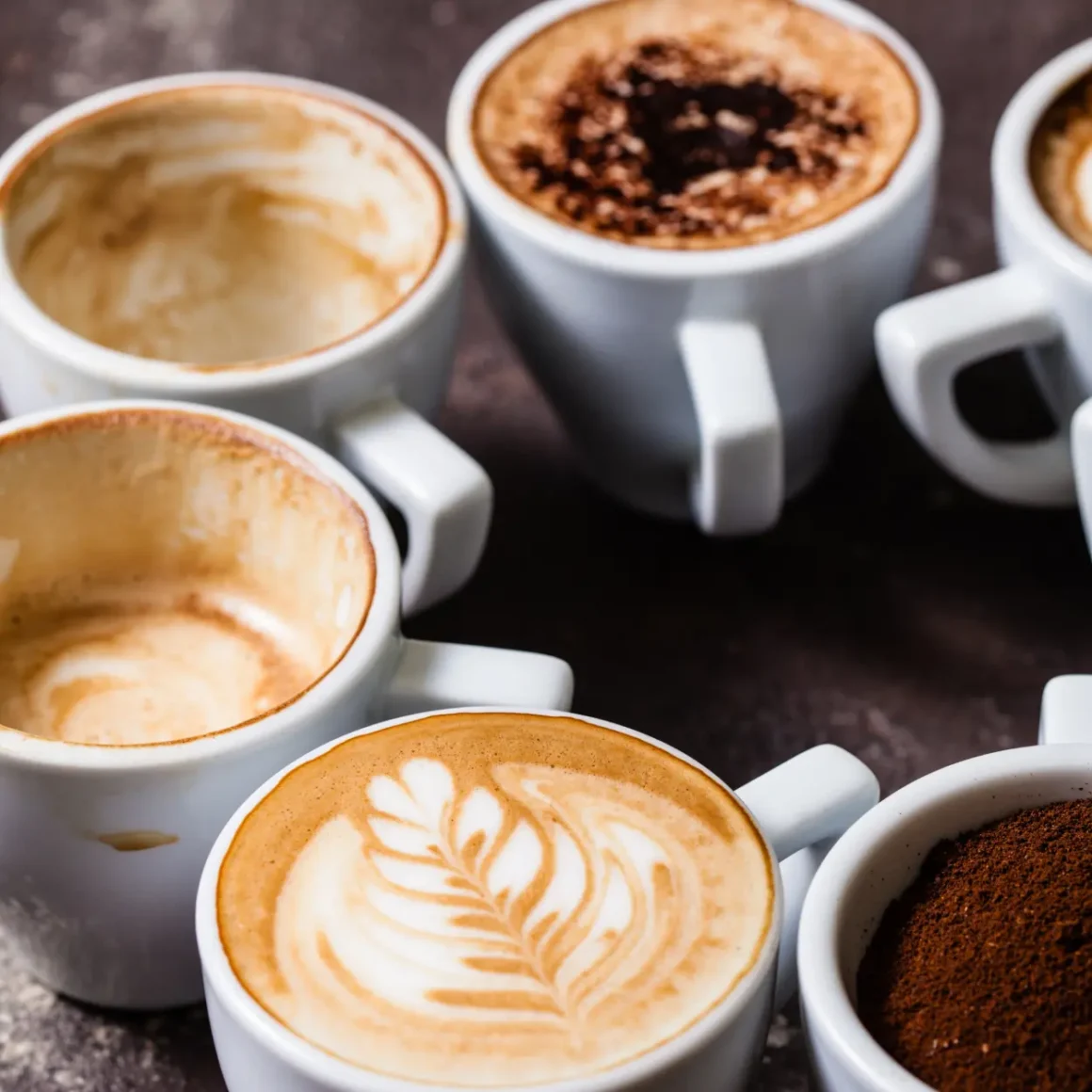
This coffee drink as we know it today underwent significant evolution, especially in the 20th century, as it transitioned from a household staple to a café favorite globally.
- Café Culture: The concept of coffee with milk or cream, though present earlier, didn’t gain prominence in European and American public cafés until the 20th century. This shift marked this concoction’s transition from a home beverage to a café specialty.
- Global Spread: Post-World War II saw the espresso bar culture flourish in Italy and beyond. This period witnessed this beverage gaining popularity in various cities, yet it remained notably absent from many traditional coffee menus.
- Standardization in America: This drink was standardized and popularized in the United States, particularly with Caffe Mediterraneum in Berkeley, California, claiming its invention in the 1950s. By the late 1980s and 1990s, this concoction had become a staple in American coffee culture.
Consequently, the latte’s evolution into a modern, globally recognized beverage symbolizes the dynamic nature of coffee culture and its ability to adapt and thrive in diverse environments.
Latte vs. Cappuccino: What’s the Difference?
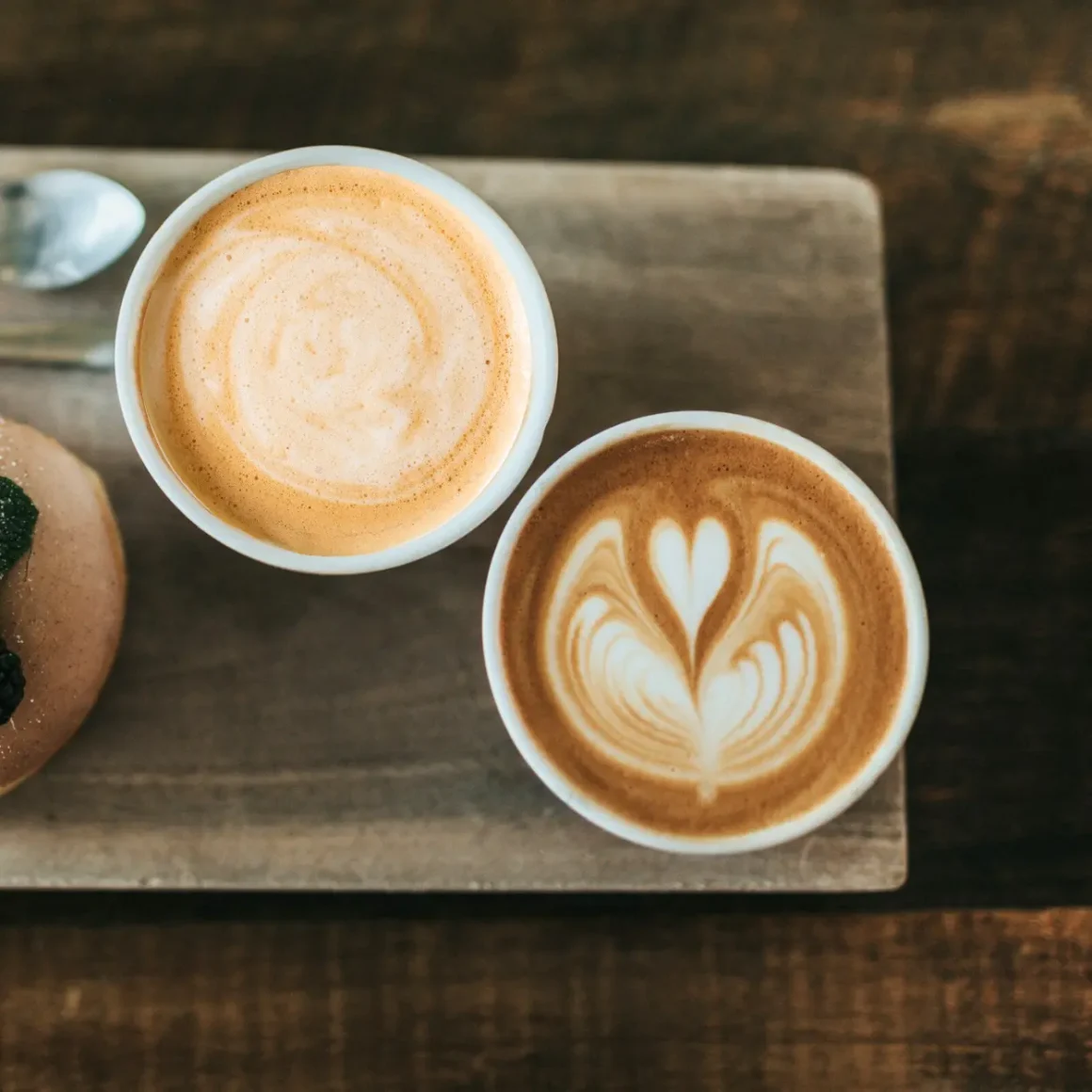
The latte and cappuccino are both beloved coffee drinks, but they differ in preparation and taste, each offering a unique coffee experience.
- Milk Content and Texture: A key difference lies in the milk-to-coffee ratio and the texture of the milk. Lattes have a higher milk content with a smooth, velvety foam, whereas cappuccinos have equal parts of espresso, steamed milk, and milk foam, resulting in a stronger coffee flavor and a richer foam layer.
- Serving Style: they are typically served in larger cups due to their higher milk content, compared to the smaller, more traditional cups for cappuccinos.
- Cultural and Regional Variations: While both drinks have Italian origins, the latte has undergone more significant adaptations in different cultures, particularly in America, compared to the relatively consistent preparation of cappuccinos across regions.
This coffee drink’s journey from a simple Italian household beverage to a globally recognized coffee drink is a testament to its versatility and enduring appeal. While sharing similarities with other coffee drinks like the cappuccino, the latte has carved out its unique niche in the world of coffee.
The Flavor and Taste of Lattes
Lattes, renowned for their smooth texture and rich flavor profile, offer a unique coffee experience that blends the boldness of espresso with the creaminess of milk. This section explores the intricate balance of flavors in this delicacy and the variety of flavors that can be added to enhance its profile.
Balancing Bitterness and Creaminess

The essence of this beverage’s taste lies in its ability to harmoniously balance the natural bitterness of espresso with the creaminess and sweetness of milk.
Espresso as the Foundation:
The espresso in this coffee drink provides the foundational flavor – a robust and slightly bitter coffee taste that is integral to the character of the drink.
- Quality of Beans: The choice of coffee beans and the roast level significantly influence the espresso’s bitterness and overall flavor. (3)
- Brewing Technique: The method of extracting the espresso also plays a crucial role in determining its strength and bitterness.
Role of Milk:
Milk tempers the espresso’s intensity, adding a creamy texture and natural sweetness.
- Milk Temperature and Texture: Steaming the milk to the right temperature and creating a smooth microfoam enhances this drink’s creaminess and helps balance the espresso’s strong notes.
- Milk Type Variations: The type of milk used (whole, skim, soy, almond, etc.) can also alter the drink’s overall taste and texture.
In a nutshell, a well-prepared cup of this lovely beverage strikes a delightful balance between the boldness of espresso and the soothing creaminess of steamed milk, creating a beverage that is both comforting and invigorating.
Common Latte Flavors and Their Profiles
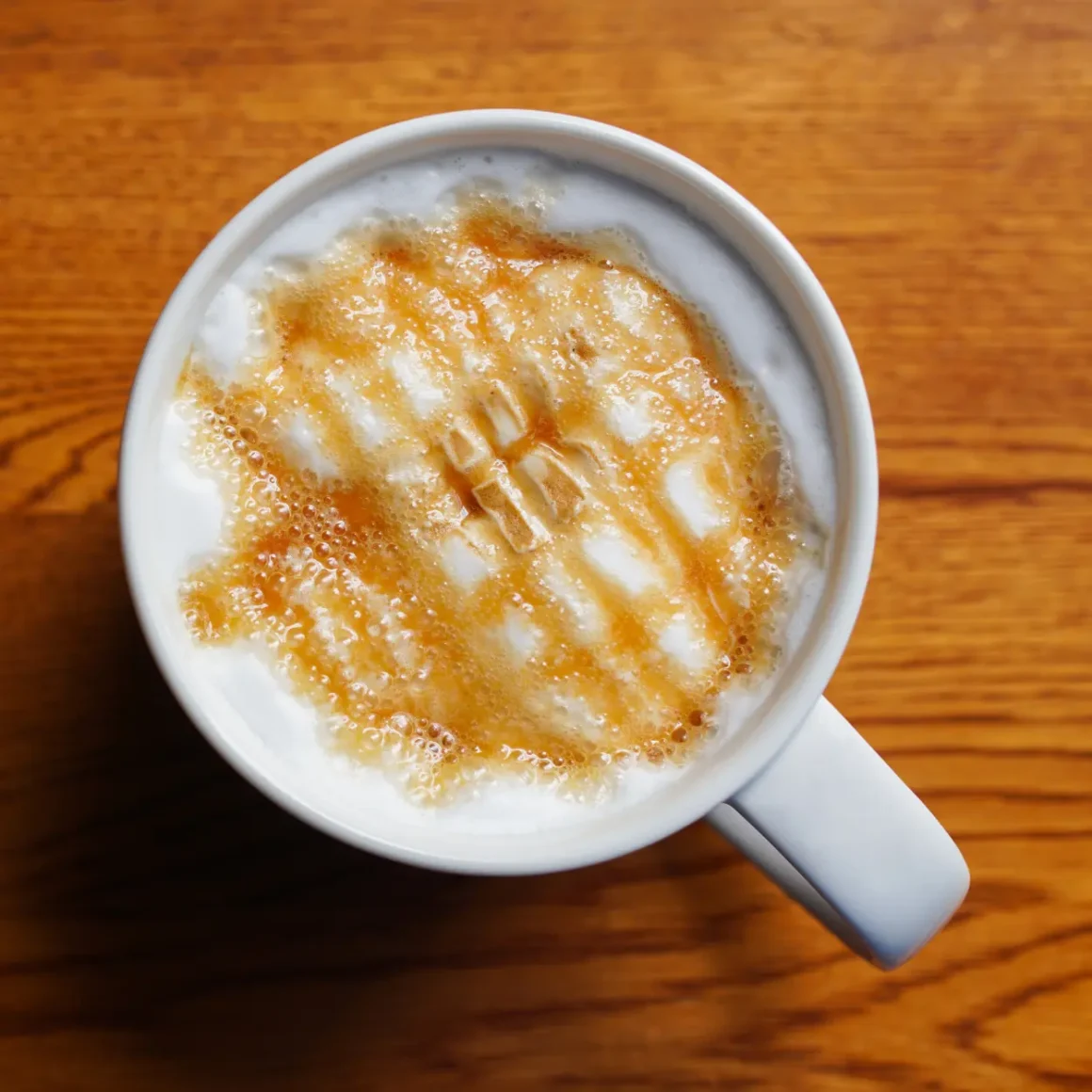
While the classic cup of this delectable coffee drink has a distinct taste, there is a wide range of flavors that can be added to create various taste profiles, catering to diverse palates.
Vanilla Latte: A popular choice, this concoction combines the rich taste of espresso with the sweet, aromatic qualities of vanilla.
- Taste Profile: The addition of vanilla adds a smooth, sweet flavor that complements the coffee’s bitterness.
Caramel Latte: This variant introduces the rich, buttery taste of caramel into the mix.
- Taste Profile: Caramel offers a deeper sweetness compared to vanilla, with hints of toffee and a slight saltiness that enhances the espresso.
Mocha Latte: A delightful blend of coffee and chocolate, this beverage is a favorite for those who enjoy a touch of decadence.
- Taste Profile: The chocolate in this concoction adds a creamy, rich sweetness and can sometimes bring a slight bitterness, depending on the cocoa content, which pairs beautifully with the espresso.
Seasonal and Exotic Flavors: Lattes can also be infused with seasonal flavors like pumpkin spice or peppermint, and exotic ones like matcha or turmeric.
- Taste Profile: These flavors introduce unique taste elements – from the spicy warmth of pumpkin spice to the earthy tones of matcha – offering a diverse range of experiences.
In essence, the versatility of lattes in accommodating a variety of flavors makes them a beloved choice for coffee enthusiasts around the world. Each flavor addition brings its unique character to the table, transforming this classic beverage into an exciting and personalized coffee experience.
How to Make a Latte at Home
Creating this coffee drink at home can be a rewarding experience, allowing you to enjoy a barista-level beverage in the comfort of your own kitchen. With the right tools and a bit of practice, you can master the art of latte making, from the perfect espresso shot to the artful pour of steamed milk.
DIY Latte: Step-by-Step Guide
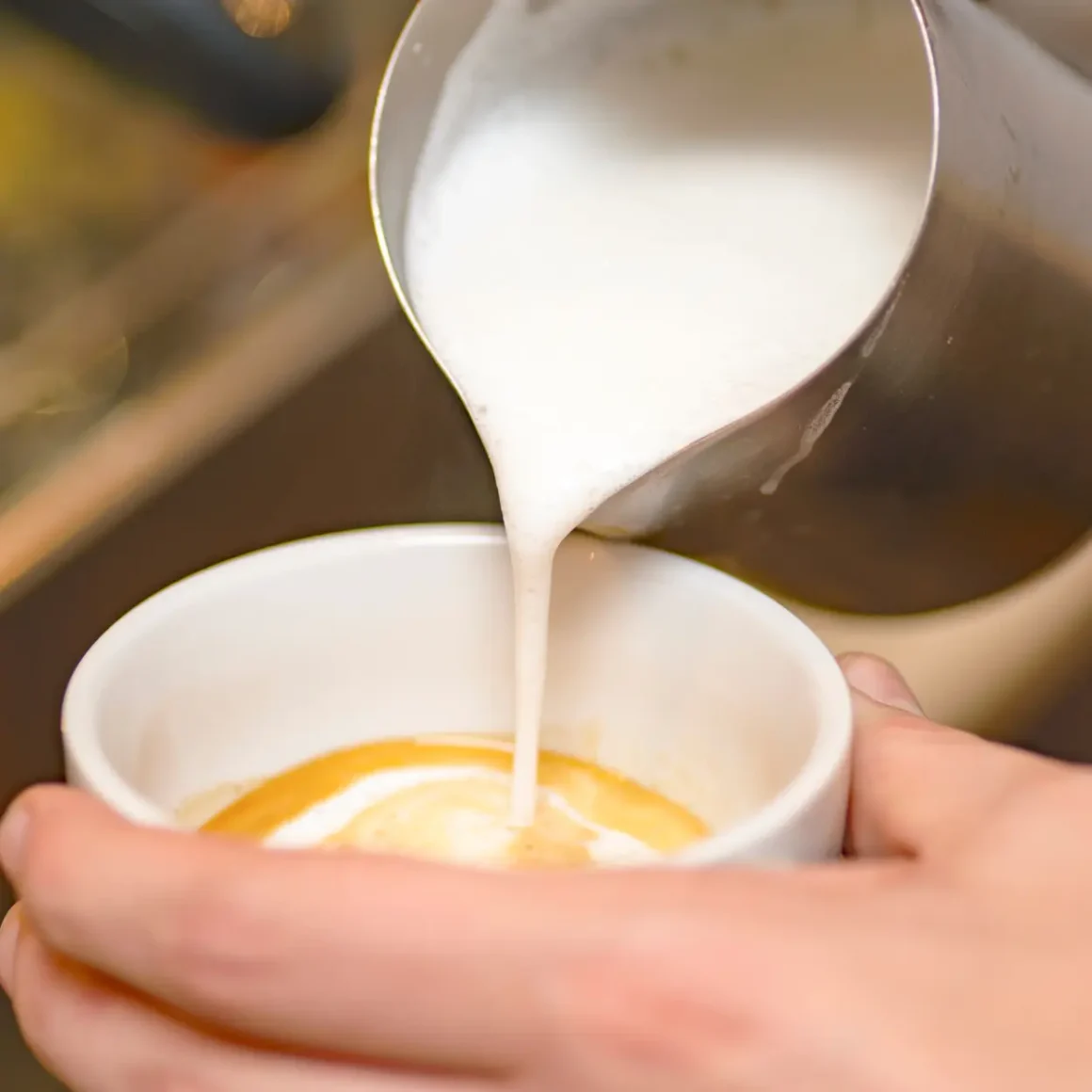
Making this delightful concoction requires precision and care, but the process is straightforward once you understand the basics.
1: Pull the Espresso Shot
- Start by grinding your medium roast coffee to a fine consistency, suitable for espresso.
- Tamp the grounds into the portafilter basket and insert it into your espresso machine.
- Begin pulling your espresso shot, aiming for about 2 ounces of espresso.
2: Steam the Milk
- Pour 4 ounces of your chosen milk into a steaming pitcher.
- Use the steam wand of your espresso machine to froth the milk, creating a creamy texture with a small layer of foam on top.
3: Combine and Serve
- Gently pour the steamed milk into the cup with the espresso shot, allowing the milk to blend with the coffee.
- Finish by spooning a small amount of milk foam on top.
End with a satisfying sip, and enjoy the perfect balance of rich espresso and creamy milk in your homemade latte.
Essential Tools and Ingredients

To make a cafe-quality cup of this coffee drink at home, you need specific tools and ingredients.
- Espresso Machine: Ideally, use an espresso machine with a steam wand for the best results.
- Coffee Grinder: A grinder to achieve the fine consistency needed for espresso.
- Coffee and Milk: High-quality medium roast coffee and your choice of milk are essential.
- Steaming Pitcher: A pitcher for frothing milk is necessary for achieving the right texture.
Equipped with these tools and ingredients, you’re set to make a delicious cup of this concoction that rivals any coffee shop offering.
Art of Latte Art: Designs and Techniques
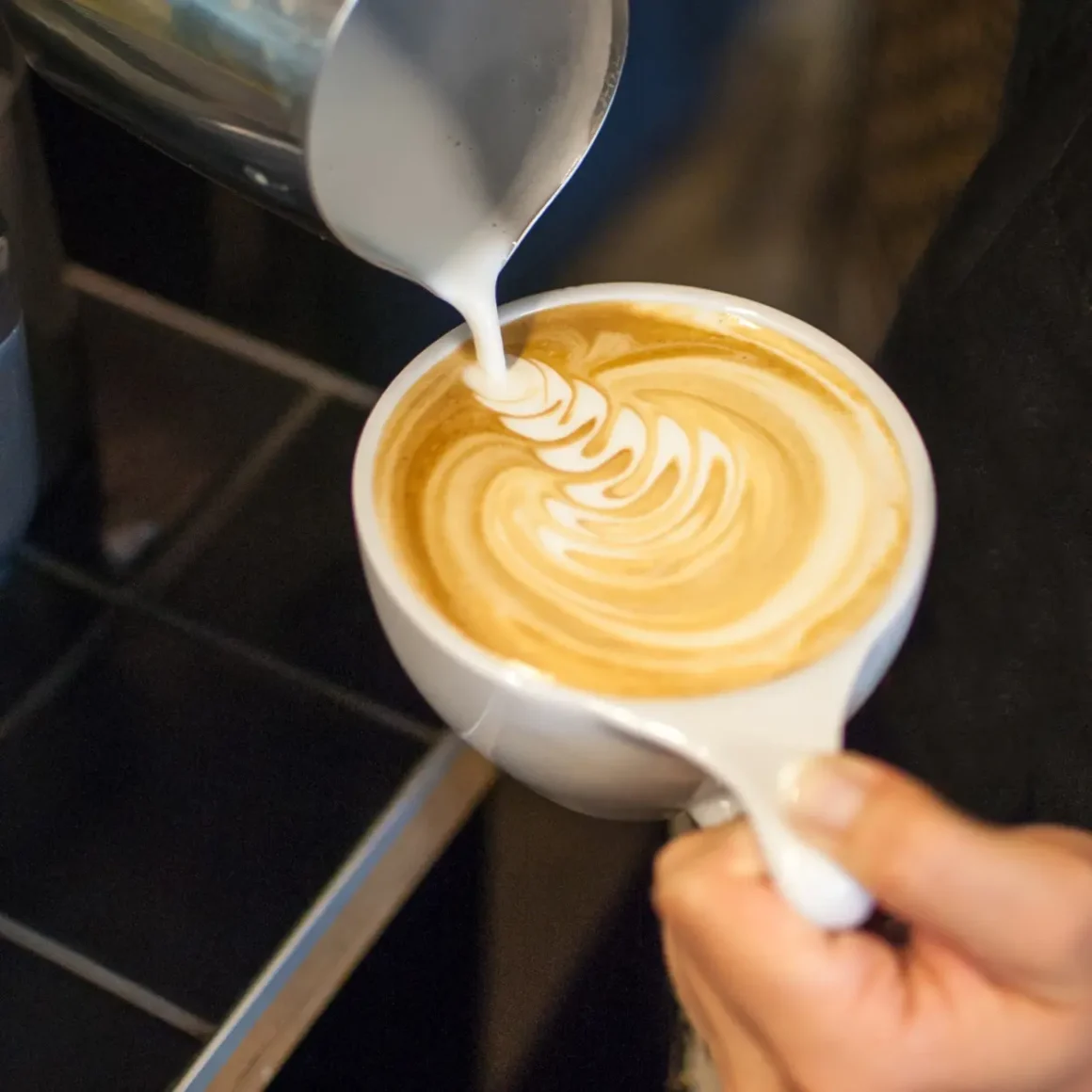
Latte art, the creative finishing touch to any cup of this delicacy, requires skill and practice.
Basics of Latte Art:
- Start with well-steamed milk, which should be creamy and not too frothy.
- Tilt the cup at a 45-degree angle and pour the milk steadily from the pitcher.
- Begin with basic shapes like a heart or rosetta by controlling the flow and movement of the milk.
Advanced Techniques:
- As you get more comfortable, experiment with more intricate designs like animals or detailed patterns.
- Remember, the key to good latte art is the contrast between the dark espresso and the white milk.
Latte art adds a personal and artistic touch to your homemade latte, turning each cup into a unique work of art.
Troubleshooting Common Latte Issues

Even experienced home baristas can face challenges when making this coffee drink. Here are solutions to some common issues:
- Weak Espresso Flavor: Ensure your coffee is finely ground and adequately tamped to extract the full flavor.
- Milk Not Frothing Properly: Use cold milk and a clean steam wand to create the perfect froth.
- Inconsistent Latte Art: Practice the pouring technique and milk steaming to improve the consistency of your art.
With these tips, you’ll be able to overcome common hurdles and perfect your home latte-making skills, bringing a touch of cafe elegance to your daily coffee ritual.
Popular Variations of Lattes Worldwide
This delicacy has evolved far beyond the traditional espresso and steamed milk combination, embracing flavors and ingredients from across the globe. These variations cater to diverse palates and cultural preferences, making this concoction a truly versatile beverage.
Chai Latte: A Spiced Twist

The chai latte offers a fragrant and spicy alternative to the classic latte, combining the robust flavors of tea and spices.
- Origins and Ingredients: Originating from the Indian subcontinent, the chai latte blends black tea with a medley of aromatic spices like cinnamon, cardamom, cloves, and ginger.
- Preparation: Brewed spiced tea is mixed with steamed milk, often sweetened with sugar or honey to balance the spices’ intensity.
- Taste Profile: This chai offers a warm, comforting taste, perfect for those who enjoy a spicy kick in their beverages.
In essence, this concoction stands out as a flavorful journey, blending traditional spices with the comforting creaminess of milk.
Matcha Latte: Green Goodness in a Cup
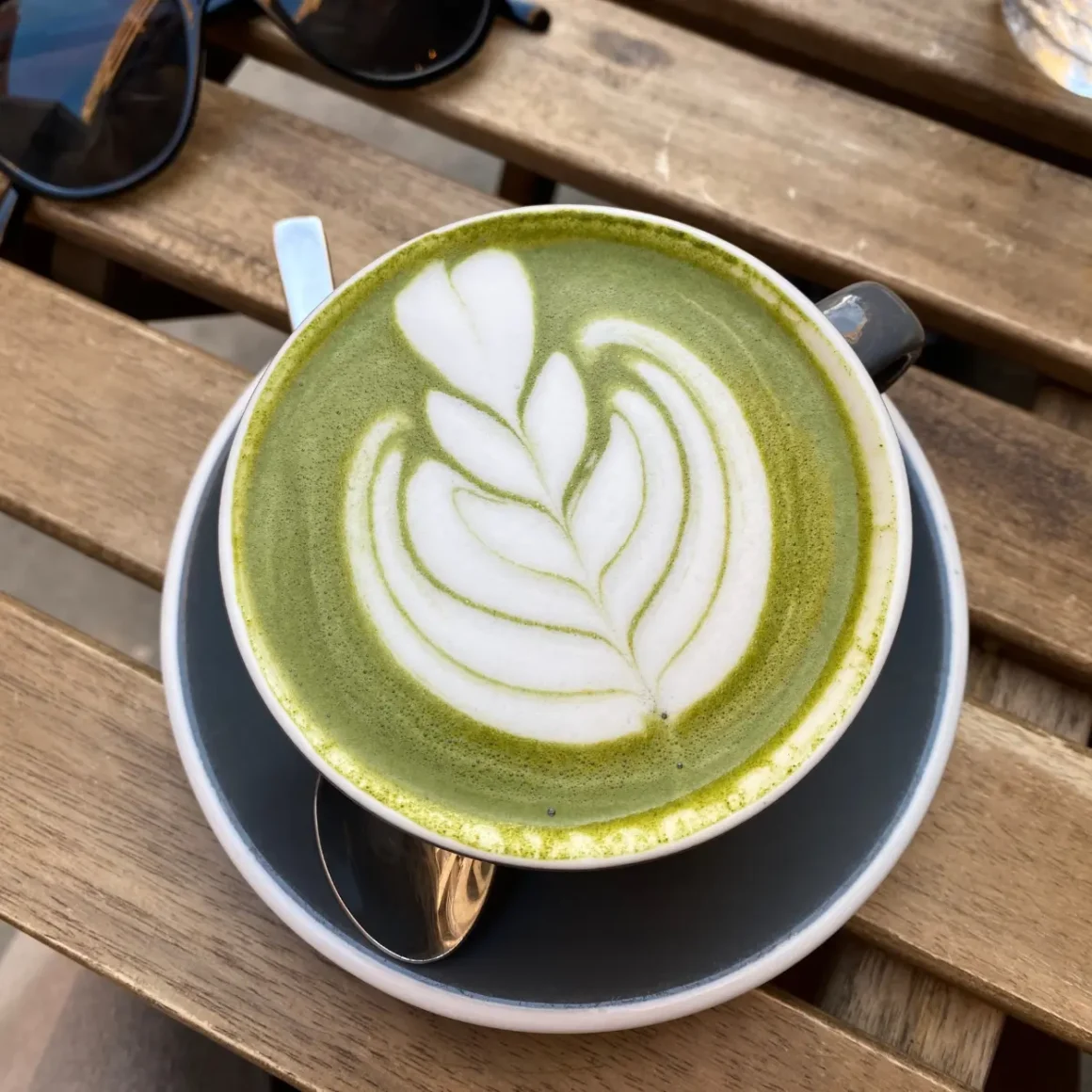
The matcha latte brings a unique, earthy flavor to the latte family, appealing to health-conscious and adventurous coffee enthusiasts.
- Introduction to Matcha: Matcha is a finely ground powder made from specially grown and processed green tea leaves, traditionally used in Japanese tea ceremonies.
- Making a Matcha Latte: Whisk matcha powder with a small amount of hot water to create a paste, then add steamed milk and sweeten to taste.
- Health Benefits and Taste: Rich in antioxidants, matcha provides a gentle caffeine kick and a distinctive earthy flavor, softened by the milk’s creaminess.
This delicacy not only offers a delightful taste experience but also introduces a touch of wellness into the daily coffee routine.
Iced Latte: A Cool Refreshment

For those hot summer days or for those who prefer their coffee cold, the iced latte is a refreshing alternative.
- Simple Preparation: An iced latte consists of espresso poured over ice, and topped with cold milk. It can be sweetened as per personal preference.
- Variations: Flavors like vanilla, caramel, or hazelnut syrup can be added for a personalized touch.
- Refreshing Quality: The iced latte is perfect for cooling down and re-energizing, offering a smoother and less acidic taste compared to iced coffee.
This iced beverage, with its simple yet satisfying character, is a beloved choice for many, especially during the warmer months.
Pumpkin Spice Latte: A Seasonal Favorite

The pumpkin spice latte has become synonymous with autumn, celebrated for its warm spices and comforting flavors.
- Seasonal Ingredients: This latte variation combines espresso and steamed milk with pumpkin puree, cinnamon, nutmeg, and clove.
- Popularity: Often sweetened with sugar or syrups, the pumpkin spice latte has garnered a cult following, especially in the United States.
- Autumnal Appeal: Its cozy and warming properties make it a go-to beverage during the fall season.
This delicious coffee drink, with its blend of seasonal spices and rich flavors, encapsulates the essence of autumn in a cup.
Health and Calories: Latte Myths vs. Reality

This delectable beverage, a staple in coffee culture worldwide, often finds itself at the center of various health and calorie-related discussions. Understanding the nutritional aspects of a latte and distinguishing between myths and reality is essential for coffee enthusiasts who are also health-conscious.
Nutritional Breakdown of a Standard Latte
A standard cup of this coffee drink typically consists of espresso and steamed milk, and its nutritional value can vary based on several factors.
- Basic Components: The primary components of this beverage are espresso and milk. The type of milk used significantly influences the drink’s calorie and nutrient content.
- Calories and Nutrients:
- A typical latte made with whole milk contains about 150-200 calories per 8-ounce serving.
- It provides calcium and protein from the milk, and antioxidants from the coffee.
- The sugar content is usually negligible unless sweeteners or flavored syrups are added.
- Variations: Skim or non-dairy milk options can lower the calorie count, while added flavors and sweeteners can increase it.
In a nutshell, a standard cup of this beverage can be a nutritious part of a balanced diet, especially when made with low-fat or plant-based milk and minimal added sugars.
Latte Health Benefits
Contrary to some beliefs, This beverage can offer various health benefits when consumed in moderation.
- Rich in Calcium and Protein: Thanks to the milk content, lattes are a good source of calcium and protein. (4)
- Antioxidants from Coffee: The espresso in this drink contains antioxidants that can reduce inflammation and combat free radicals.
- Potential for Weight Management: When made with low-fat or plant-based milk and without added sugar, this concoction can fit into a weight management plan.
A well-prepared cup of this beverage, especially one tailored to dietary needs, can contribute positively to one’s overall health profile.
Addressing Common Misconceptions
There are several misconceptions about this delicious coffee drink that can lead to confusion about its health impact.
- High Calorie and Fat Content: Many assume that this beverage is always high in calories and fat, but this largely depends on the choice of milk and added ingredients.
- Caffeine Overload: A common myth is that this coffee drink contains excessive caffeine, but in reality, the caffeine content is typically less than that of a regular cup of coffee.
- Sugar Content: Another misconception is that this beverage is always high in sugar. However, unless sweetened with coffee syrups or sugar, the natural sugar content in lattes is relatively low.
Dispelling these myths is key to understanding and enjoying this delicacy as part of a healthy diet, recognizing that much depends on the specific ingredients used and personal dietary choices.
Latte Culture Around the World
The latte, a beloved coffee beverage, has transcended its Italian origins to become a global phenomenon. Each region around the world has adapted this espresso-based drink to suit local tastes and traditions, creating a diverse and rich coffee culture.
Latte in Europe

In Europe, where this beverage has its roots, the drink maintains a balance between tradition and innovation.
- Traditional Approach: In Italy, the birthplace of the latte, this drink remains a simple combination of espresso and steamed milk, often enjoyed as a morning beverage.
- Variations Across Europe:
- In countries like Germany and France, this delicacy is often enjoyed in larger cups compared to the traditional Italian style, sometimes with added flavors like vanilla or caramel.
- Nordic countries have introduced their unique twists, often focusing on high-quality, locally roasted coffee beans.
- Café Culture: European café culture plays a significant role in the popularity of lattes, with many enjoying this beverage in quaint, streetside cafes.
The European latte experience is deeply embedded in the region’s rich coffee history, offering a blend of traditional and contemporary tastes.
Latte in the United States
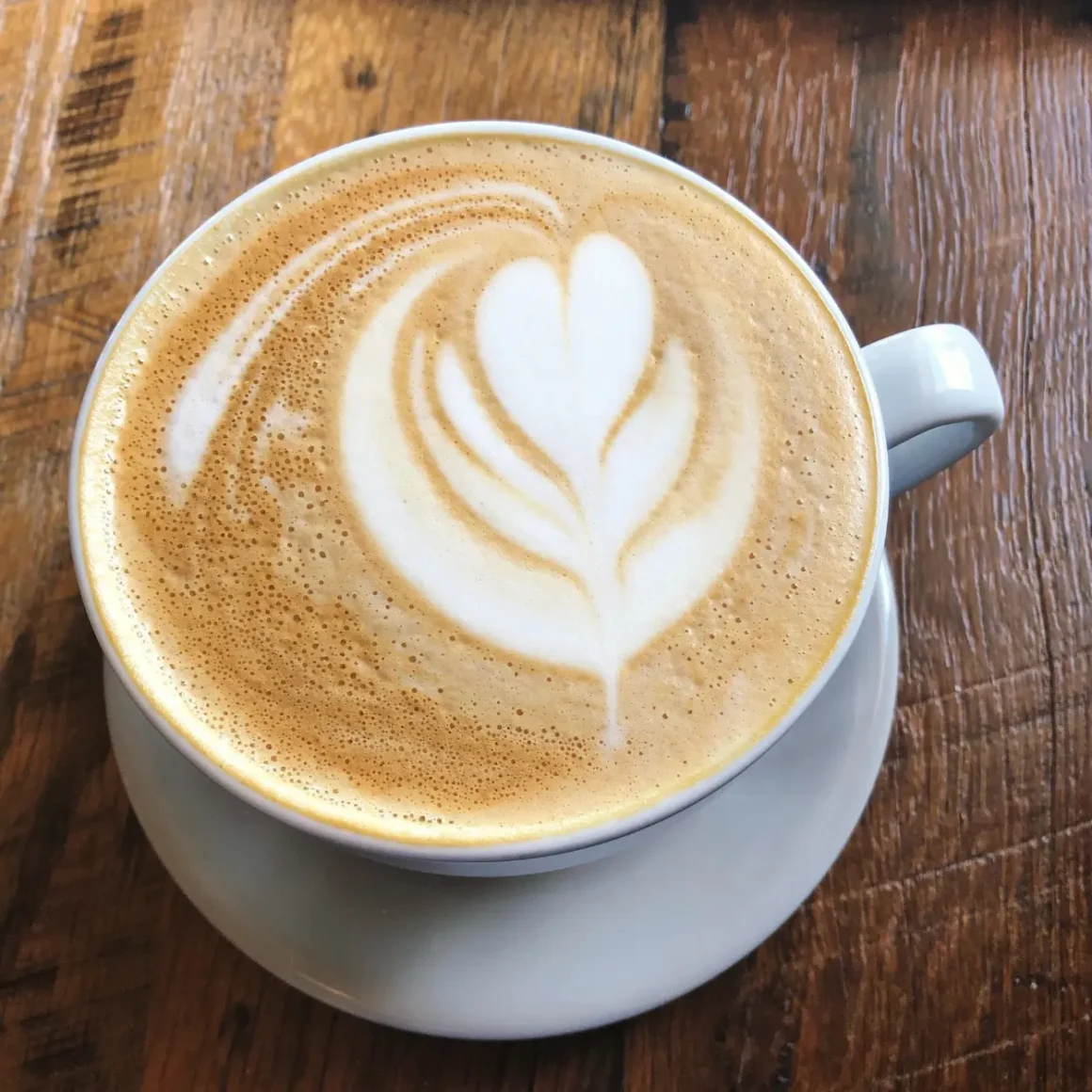
This beverage, in the United States, has evolved into a symbol of modern coffee culture, known for its versatility and customization.
- Innovation and Flavors: The U.S. has embraced lattes with open arms, introducing a wide array of flavors, from pumpkin spice to mocha, catering to a diverse palate.
- Size and Serving: American lattes are typically larger than their European counterparts and are often served in to-go cups, reflecting the on-the-go lifestyle.
- Cultural Phenomenon: Lattes in the U.S. are more than just a beverage; they have become a part of daily life, with coffee shops on almost every corner in urban areas.
The American latte scene is characterized by its embrace of new trends and flavors, making it a dynamic and ever-evolving part of the coffee culture.
Latte in Asia: Matcha and More
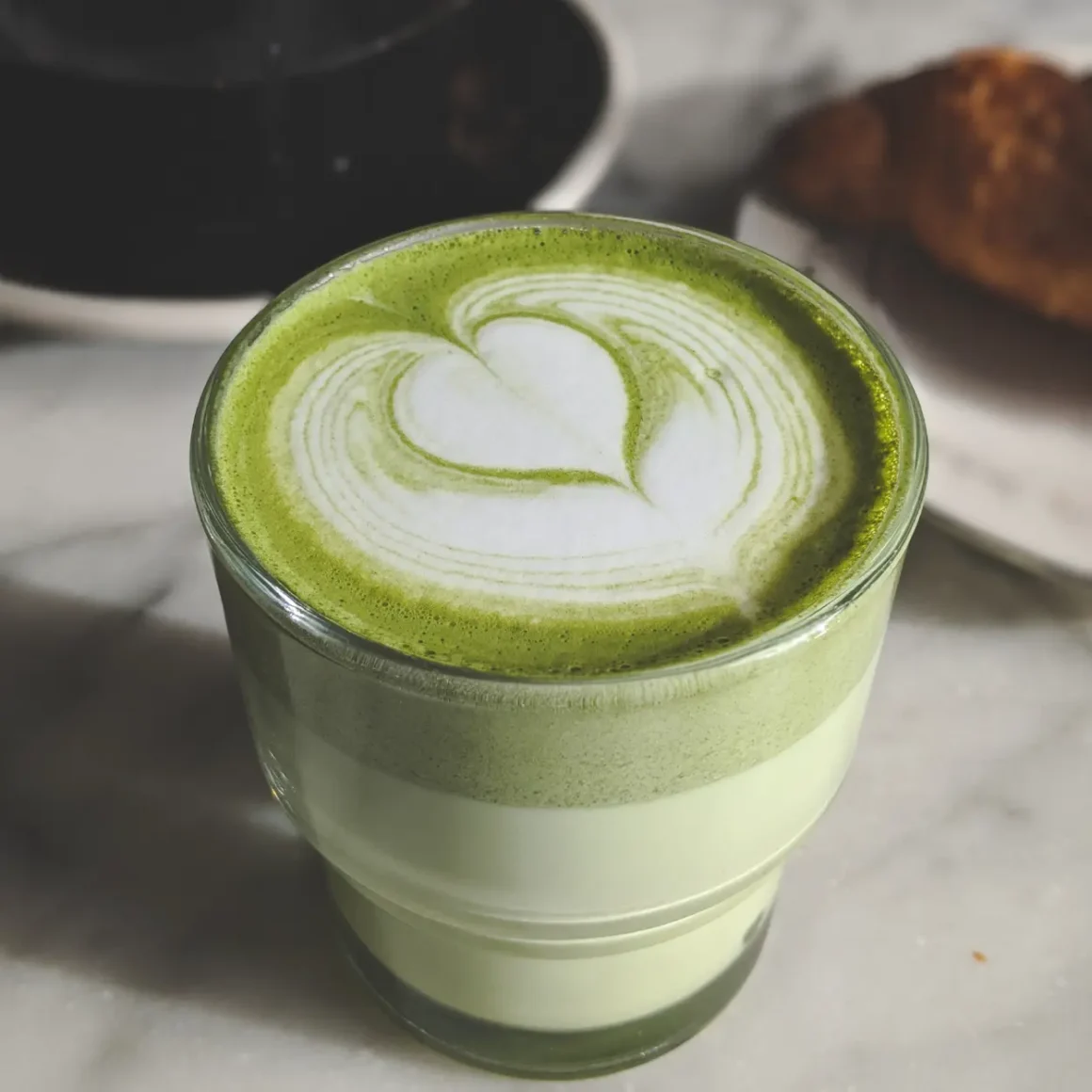
In Asia, the latte has been adapted in unique ways, reflecting local tastes and ingredients.
- Matcha Latte: The matcha latte, which originated in Japan, is a popular variation, blending the traditional green tea powder with steamed milk for a unique, earthy flavor.
- Local Ingredients: Many Asian countries have experimented with local ingredients, such as spices in India, creating distinct versions of the latte.
- Café Culture: The rise of café culture in Asia has also played a significant role in popularizing lattes, with a focus on both taste and aesthetic presentation.
Asia’s approach to the latte is a testament to the beverage’s versatility, integrating local flavors and traditions to create new and exciting variations.
Latte vs. Other Coffee Drinks
The world of coffee is rich and varied, with each type of drink offering its unique taste and experience. Among these, the latte holds a special place, often compared to other popular coffee beverages like mocha, Americano, and macchiato. Understanding the differences in their preparation, ingredients, and taste profiles can enhance the coffee experience.
Latte vs. Mocha
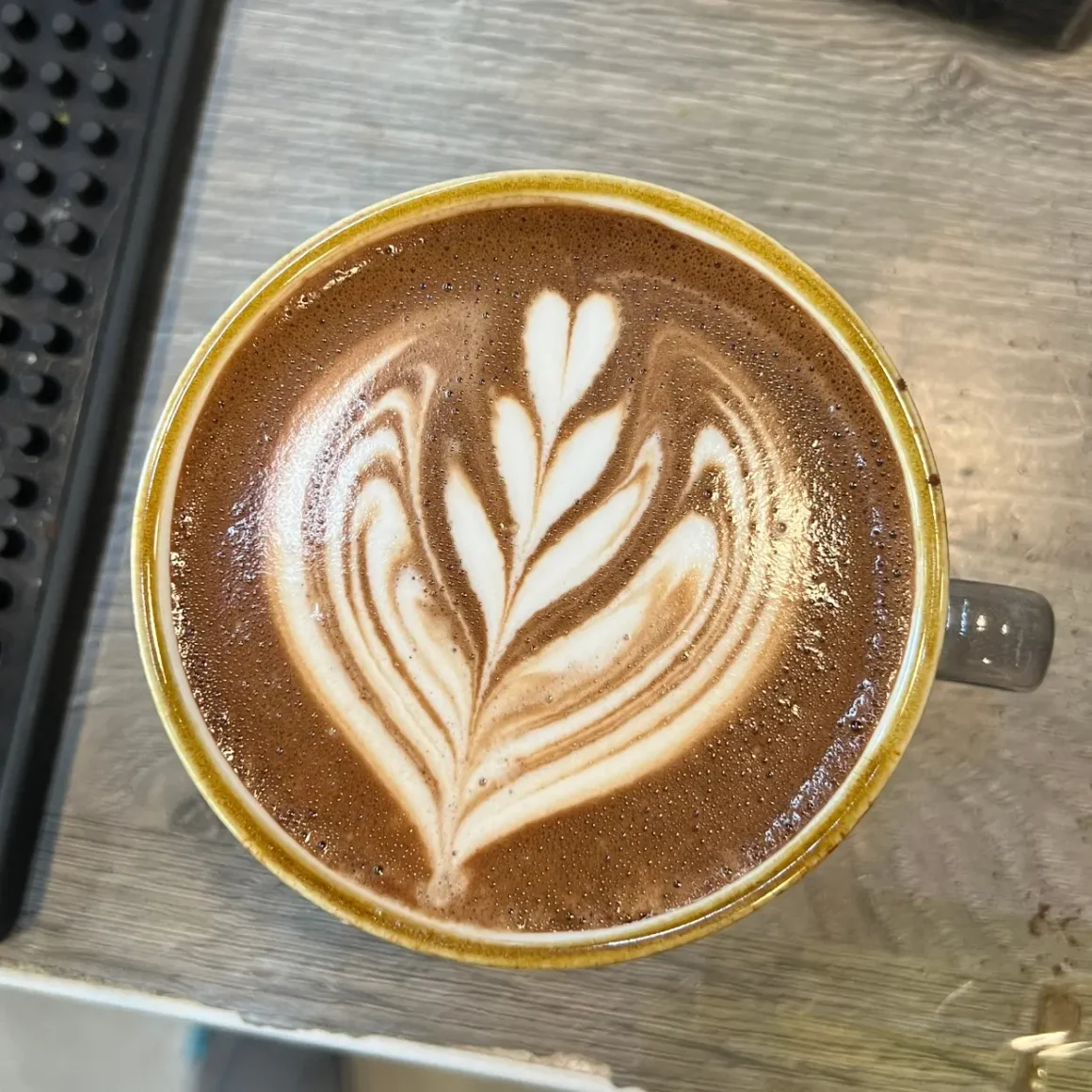
The latte and mocha are similar yet distinctively different in their flavor profiles and ingredient compositions.
- Ingredient Composition and Flavor: Both the latte and mocha contain espresso and steamed milk, but the key differentiator is the addition of chocolate in a mocha. This chocolate, often in the form of syrup or cocoa powder, gives the mocha a sweeter and richer flavor compared to the more subtly rich and creamy taste of a standard latte.
- Texture and Presentation: Mochas typically have a thicker texture due to the chocolate content and are often topped with whipped cream, whereas lattes have a smoother texture with a small amount of milk foam on top.
In essence, while the mocha vs latte debate centers around the addition of chocolate, both drinks cater to different taste preferences within the coffee-loving community.
Latte vs. Americano

Comparing a latte to an Americano reveals distinct differences in their preparation and taste.
- Basis of the Drink: An Americano is made by diluting espresso with hot water, resulting in a strong coffee flavor similar to traditional brewed coffee but with the characteristics of espresso. A latte, in contrast, combines espresso with steamed milk, offering a creamier texture and milder coffee flavor.
- Milk Content and Texture: The key difference of americano vs latte is the milk content. Lattes are milk-based and creamy, whereas Americanos are water-based and do not contain milk unless added separately.
These differences highlight the diversity in coffee preferences, with lattes offering a creamier, milder option and Americanos appealing to those who prefer a stronger, black coffee.
Latte vs. Macchiato
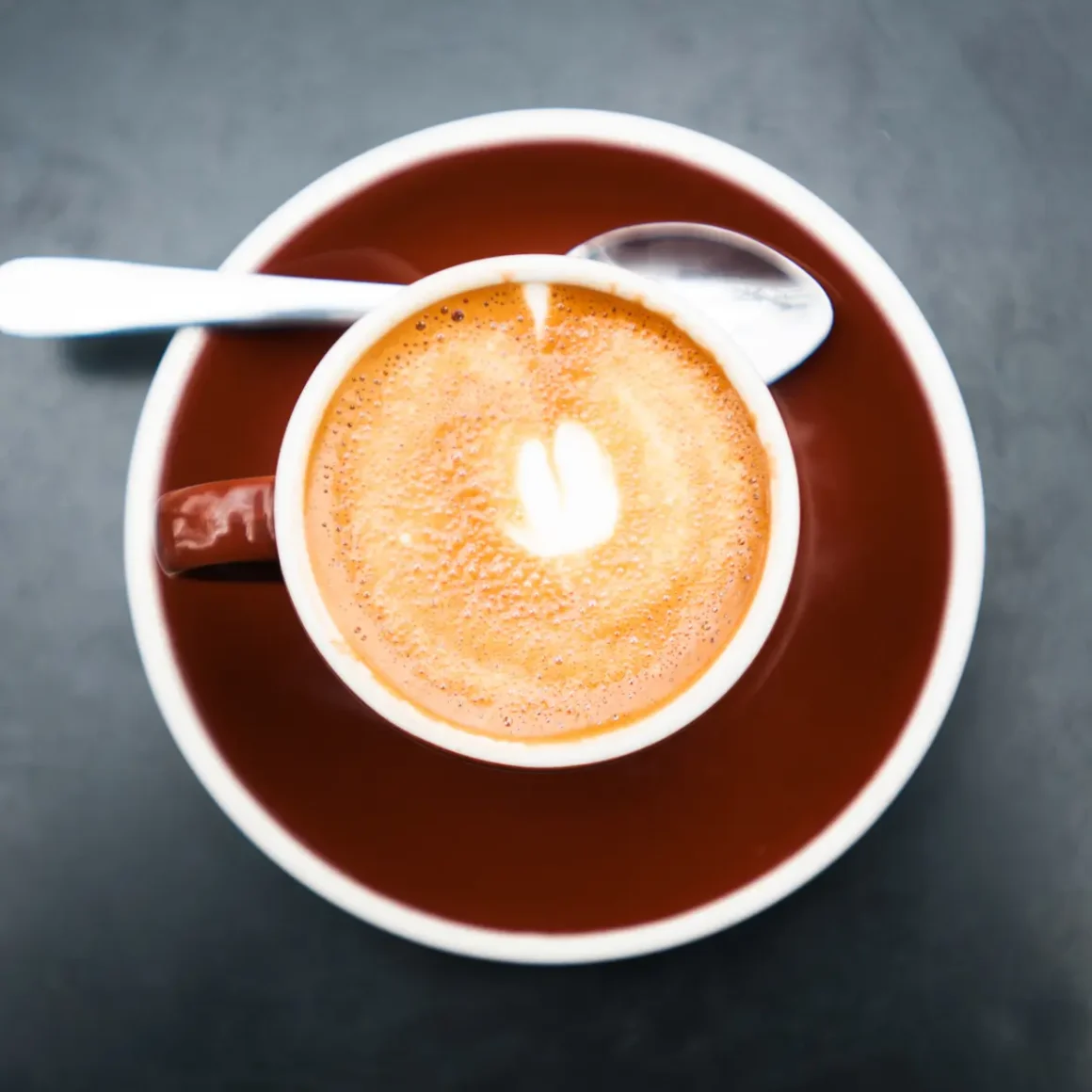
The latte and macchiato are often confused due to their shared ingredients, but they differ significantly in taste and presentation.
- Preparation and Ingredient Proportions: A latte involves a larger proportion of steamed milk to espresso, resulting in a milder coffee flavor. A macchiato, which means “stained” in Italian, is essentially espresso “stained” with a small amount of milk, usually just a dollop of foam, retaining a strong espresso flavor.
- Serving Size and Strength: Macchiatos are typically served in smaller portions due to their strong flavor, whereas lattes are served in larger cups to accommodate the greater volume of milk.
In the macchiato vs latte comparison, the choice often comes down to the coffee strength preference and the desired balance of milk and espresso in the beverage.
Conclusion
In conclusion, the journey through the world of the cafe latte reveals a beverage rich in history, culture, and flavor. From its Italian origins to its global variations, this succulent concoction has proven to be much more than just a coffee drink; it’s a canvas for creativity and a testament to the ever-evolving nature of coffee culture. Whether enjoyed in its simplest form or experimented with through various flavors and artistic expressions, this beverage holds a special place in the hearts of coffee lovers worldwide. Understanding what is a latte, its nutritional aspects, and the skill involved in crafting the perfect cup adds depth to our appreciation of this classic espresso beverage. As we’ve explored, a cup of this delightful coffee drink can be a delightful experience, a morning ritual, or a canvas for artistic expression, making it a timeless favorite in the diverse world of coffee.
FAQ
What's the difference between a latte and a cappuccino?
The main difference is in the milk content and texture; lattes have more steamed milk and a light layer of foam, while cappuccinos have equal parts of espresso, steamed milk, and foam.
What are some popular variations of lattes?
Popular variations include the chai latte, matcha latte, iced latte, and pumpkin spice latte, each offering unique flavors and ingredients.
How is latte culture different in various parts of the world?
This coffee drink culture varies globally, with adaptations like matcha lattes in Asia and flavor-infused lattes in the United States reflecting local tastes and preferences.
Can I make a latte at home without an espresso machine?
Yes, you can make a latte at home without an espresso machine by using alternatives like a French press, Aeropress, or Moka pot for the espresso, and manually frothing the milk.






